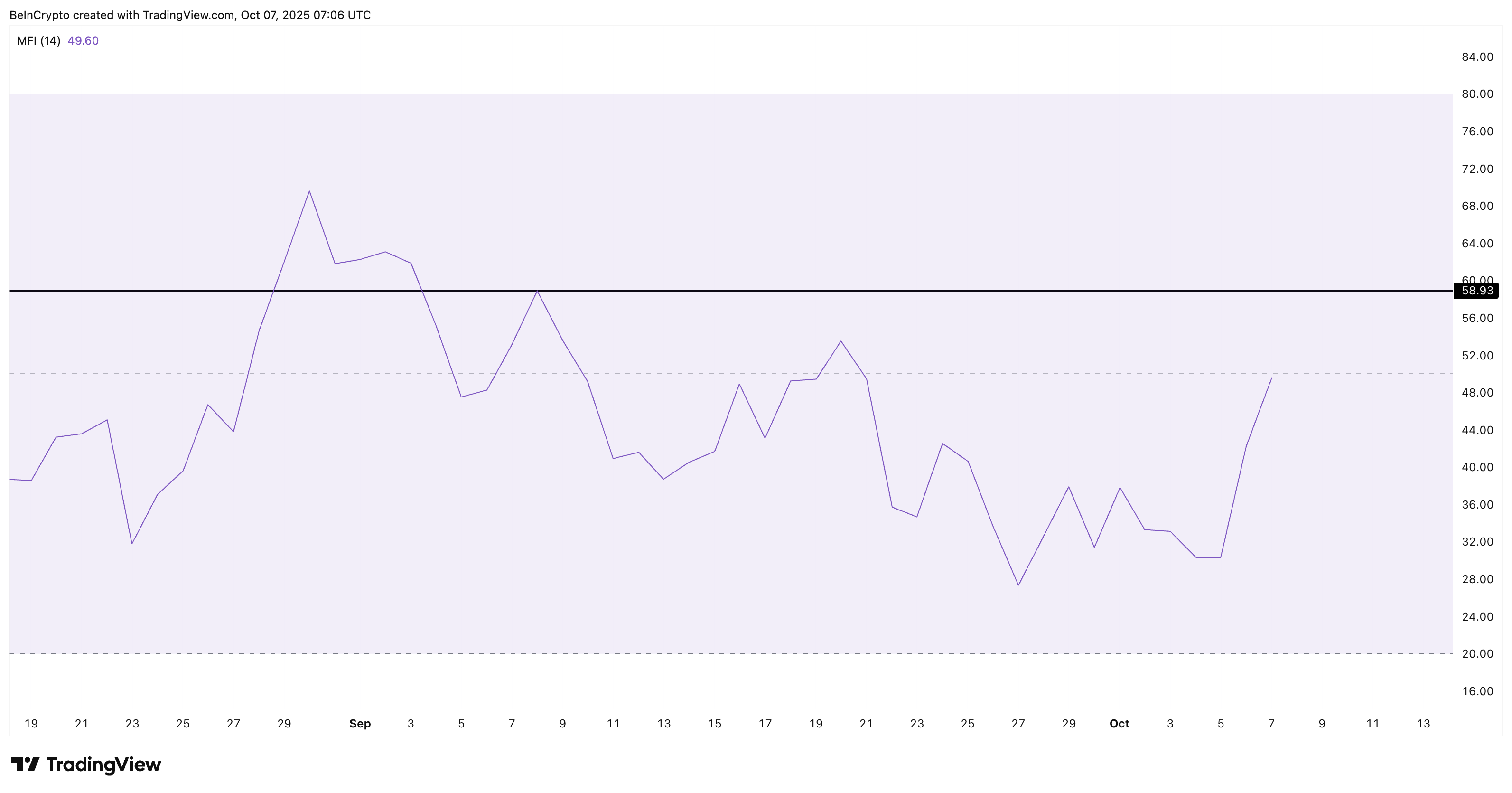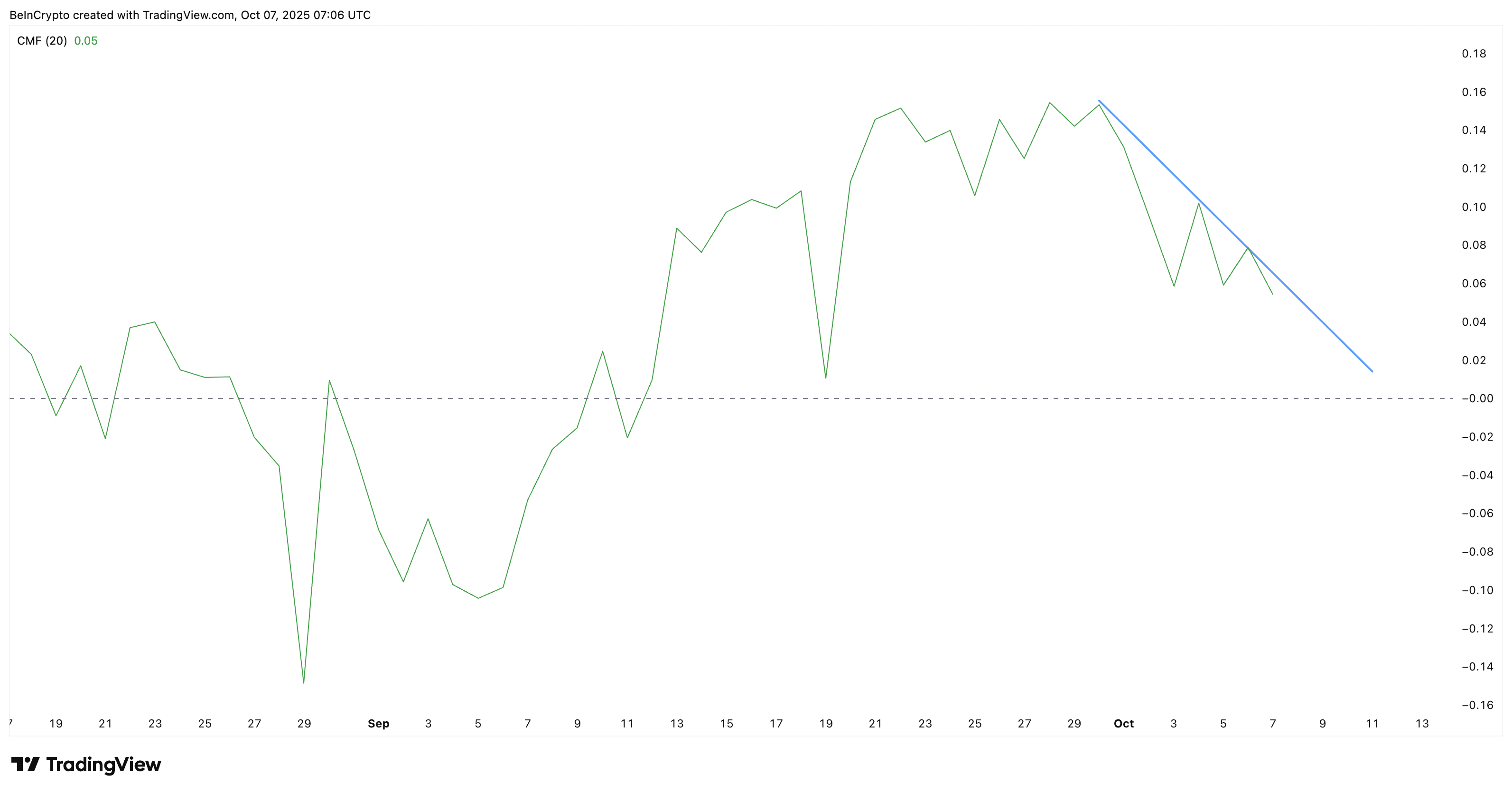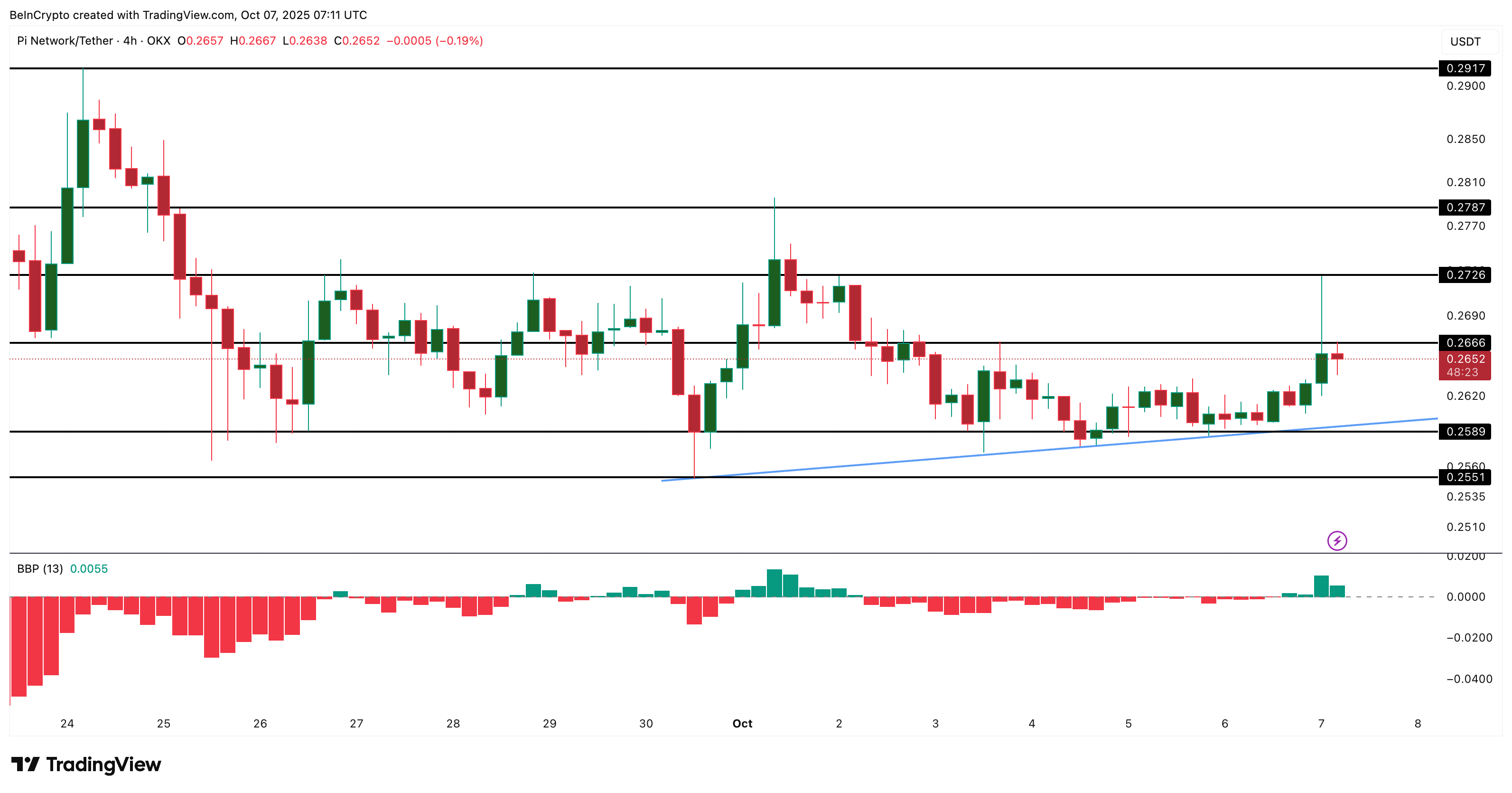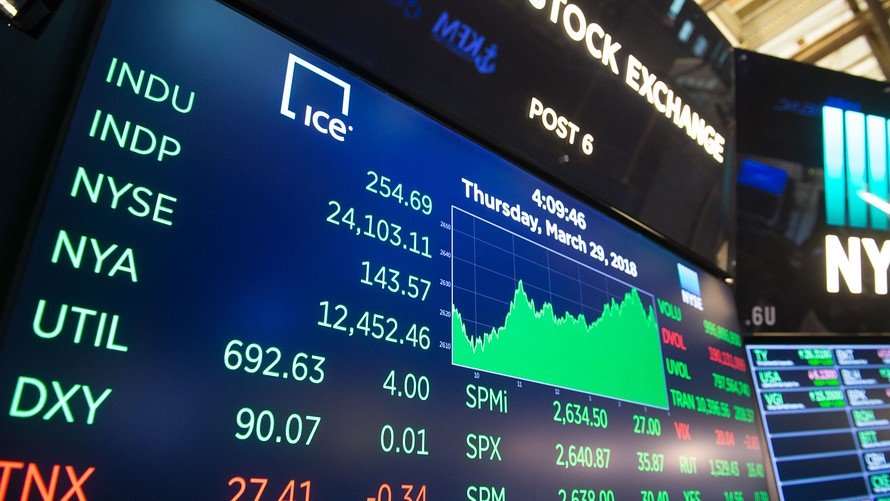Pi Coin Price Needs to Reclaim $0.27 For Recovery — But the Math Isn’t Adding Up
Pi Coin’s price action remains puzzling. After months of losses, retail buyers are stepping in, but institutional money is slowing down. Unless both align, Pi’s rebound above $0.272 might not last.
Pi Coin’s price action has been an enigma. Year-on-year, it’s down nearly 70%. Over the past month, it has slipped 22.8%, and it’s just 3.7% away from its all-time low. Even in the past seven days, the Pi Coin price is still down 1.2%.
However, today’s 1.7% uptick offers a flicker of green. The problem is, every time Pi Coin moves up, it fails to hold those gains — producing short-lived surges instead of sustained recoveries. A similar short recovery might be forming again, but this time, diverging money flows show that the real tug-of-war lies between retail and institutional players.
Retail Buys the Dips, Big Money Steps Back
On-chain indicators tell a split story between small and large holders.
The Money Flow Index (MFI), which measures buying and selling pressure by combining both price and volume data, is rising. This means retail traders are buying dips and showing interest even as the Pi Coin price stays near historic lows.
 Pi Coin Sees Retail Dip-Buying Action:
TradingView
Pi Coin Sees Retail Dip-Buying Action:
TradingView
For retail strength to build further, the MFI needs to move above 59, one of the earlier local highs.
Want more token insights like this? Sign up for Editor Harsh Notariya’s Daily Crypto Newsletter here.
In contrast, the Chaikin Money Flow (CMF) — a tool that tracks how much capital is entering or leaving an asset based on where prices close within their daily range — is trending downward. It’s still above zero, so big money hasn’t left completely, but it’s making lower highs, a sign that institutional inflows are cooling off.
 Pi Coin Seeks Weak Big Money Flows:
TradingView
Pi Coin Seeks Weak Big Money Flows:
TradingView
This divergence is key: retail investors are showing optimism, but institutions are cautious. When MFI and CMF move in opposite directions, it often signals that a rally attempt could lack the strong backing needed to last. In other words, Pi’s math doesn’t add up yet — the energy is there, but the capital isn’t.
Short-Term Pi Coin Price Chart Shows a Flicker of Strength
To track Pi Coin’s short-term behavior, the 4-hour chart offers a clearer picture of immediate momentum. Unlike daily charts that highlight broader moves, the 4-hour setup shows how traders are reacting in real time.
Here, Pi is trading within an ascending triangle (led by the ascending trendline acting as support), a pattern that generally signals accumulation before a breakout. The Bull-Bear Power (BBP) indicator — which measures whether buyers or sellers dominate — has flipped from red to green since October 2, confirming that short-term momentum is leaning bullish.
 Pi Coin Price Analysis:
TradingView
Pi Coin Price Analysis:
TradingView
The key levels to watch are clear: $0.272 is the immediate resistance zone. A 4-hour candle close above $0.272-$0.278 could confirm renewed strength and potentially lift Pi toward $0.291.
However, a drop below $0.258 would break the short-term structure and send the PI price back into bearish territory.
For now, Pi Coin’s chart looks cautiously optimistic — but only if both sides of the market, retail and institutional, decide to add their weight to the same side of the equation.
Disclaimer: The content of this article solely reflects the author's opinion and does not represent the platform in any capacity. This article is not intended to serve as a reference for making investment decisions.
You may also like
Ripple-Supported Evernorth Now Possesses a Whopping 261 Million XRP
Securing Massive XRP Treasury Ahead of Nasdaq Public Listing through Armada Acquisition Corp II Merger

Bitcoin and ETH ETFs Lose Ground as Investors Pivot Back to Bitcoin: Is Altseason Over?
Shifting Market Preferences: Over $128 Million Withdrawn from ETH ETFs as Bitcoin Futures Activity Soars to Record Highs

Stablecoin Revolution: When Payments Are No Longer Tied to Banks, How High Is the FinTech Startup Ceiling?
The Federal Reserve is not only exploring stablecoins and AI payments, but also piloting a new proposal called "streamlined master accounts," which would allow qualified companies to directly access the Fed's settlement system. This move could open new doors for fintech innovation.

A $2 billion "game of probabilities": Is the prediction market approaching its "singularity" moment?
The prediction market is evolving from a marginalized "crypto toy" into a serious financial instrument.

